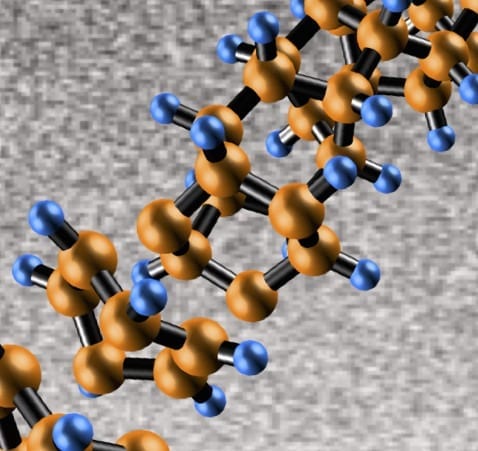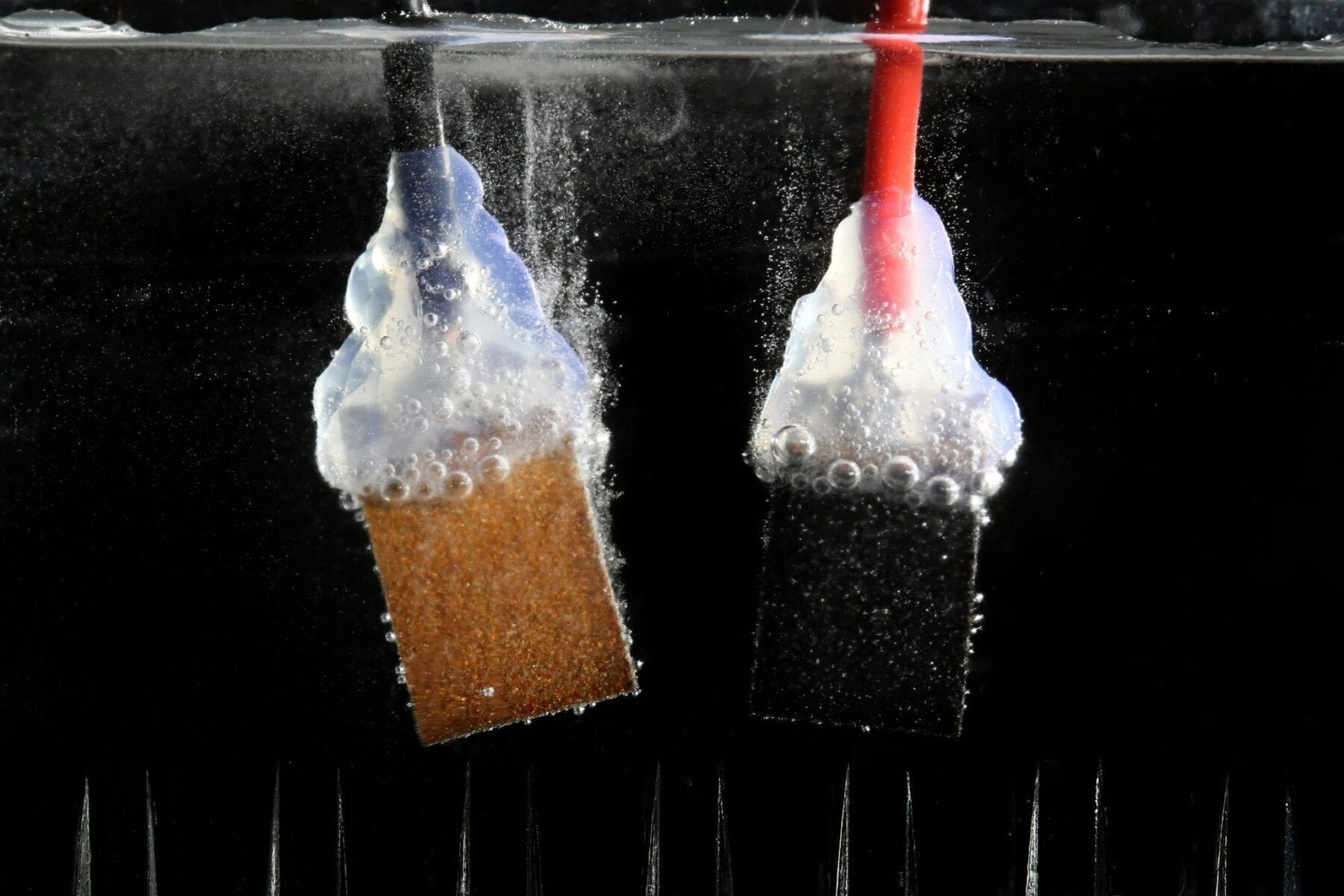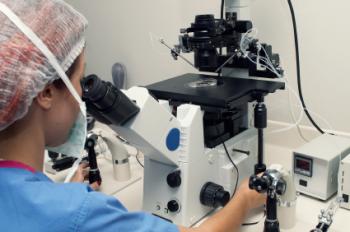
Image: Enshi Xu, Vincent H Crespi lab, Penn State
“One of our wildest dreams for the nanomaterials we are developing is that they could be used to make the super-strong, lightweight cables that would make possible the construction of a “space elevator“, which so far has existed only as a science-fiction idea,”
For the first time, scientists have discovered how to produce ultra-thin “diamond nanothreads” that promise extraordinary properties, including strength and stiffness greater than that of today’s strongest nanotubes and polymers. A paper describing this discovery by a research team led by John V. Badding, a professor of chemistry at Penn State, was published in the Sept. 21 issue of the journal Nature Materials.
“From a fundamental-science point of view, our discovery is intriguing because the threads we formed have a structure that has never been seen before,” Badding said. The core of the nanothreads that Badding’s team made is a long, thin strand of carbon atoms arranged just like the fundamental unit of a diamond’s structure — zig-zag “cyclohexane” rings of six carbon atoms bound together, in which each carbon is surrounded by others in the strong triangular-pyramid shape of a tetrahedron. “It is as if an incredible jeweler has strung together the smallest possible diamonds into a long miniature necklace,” Badding said. “Because this thread is diamond at heart, we expect that it will prove to be extraordinarily stiff, extraordinarily strong, and extraordinarily useful.”
The team’s discovery comes after nearly a century of failed attempts by other labs to compress separate carbon-containing molecules like liquid benzene into an ordered, diamond-like nanomaterial. “We used the large high-pressure Paris-Edinburgh device at Oak Ridge National Laboratory to compress a 6-millimeter-wide amount of benzene — a gigantic amount compared with previous experiments,” said Malcolm Guthrie of the Carnegie Institution for Science, a co-author of the research paper. “We discovered that slowly releasing the pressure after sufficient compression at normal room temperature gave the carbon atoms the time they needed to react with each other and to link up in a highly ordered chain of single-file carbon tetrahedrons, forming these diamond-core nanothreads.”
Badding’s team is the first to coax molecules containing carbon atoms to form the strong tetrahedron shape, then link each tetrahedron end to end to form a long, thin nanothread. He describes the thread’s width as phenomenally small, only a few atoms across, hundreds of thousands of times smaller than an optical fiber, enormously thinner that an average human hair. “Theory by our co-author Vin Crespi suggests that this is potentially the strongest, stiffest material possible, while also being light in weight,” he said.
The Latest on: Nanothreads
[google_news title=”” keyword=”Nanothreads” num_posts=”10″ blurb_length=”0″ show_thumb=”left”]
via Google News
The Latest on: Nanothreads
- Feed has no items.
via Bing News










